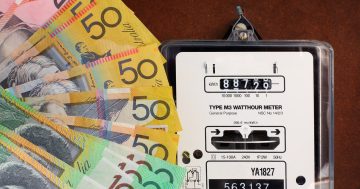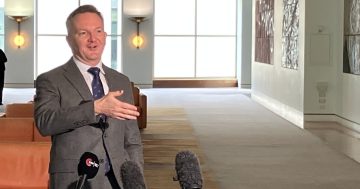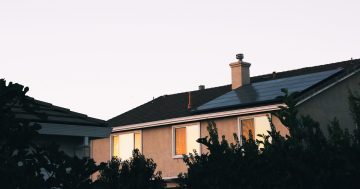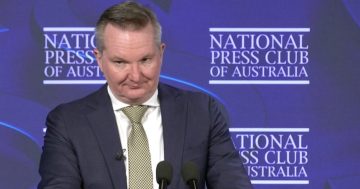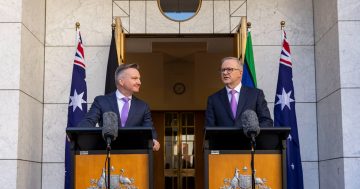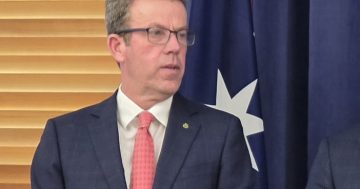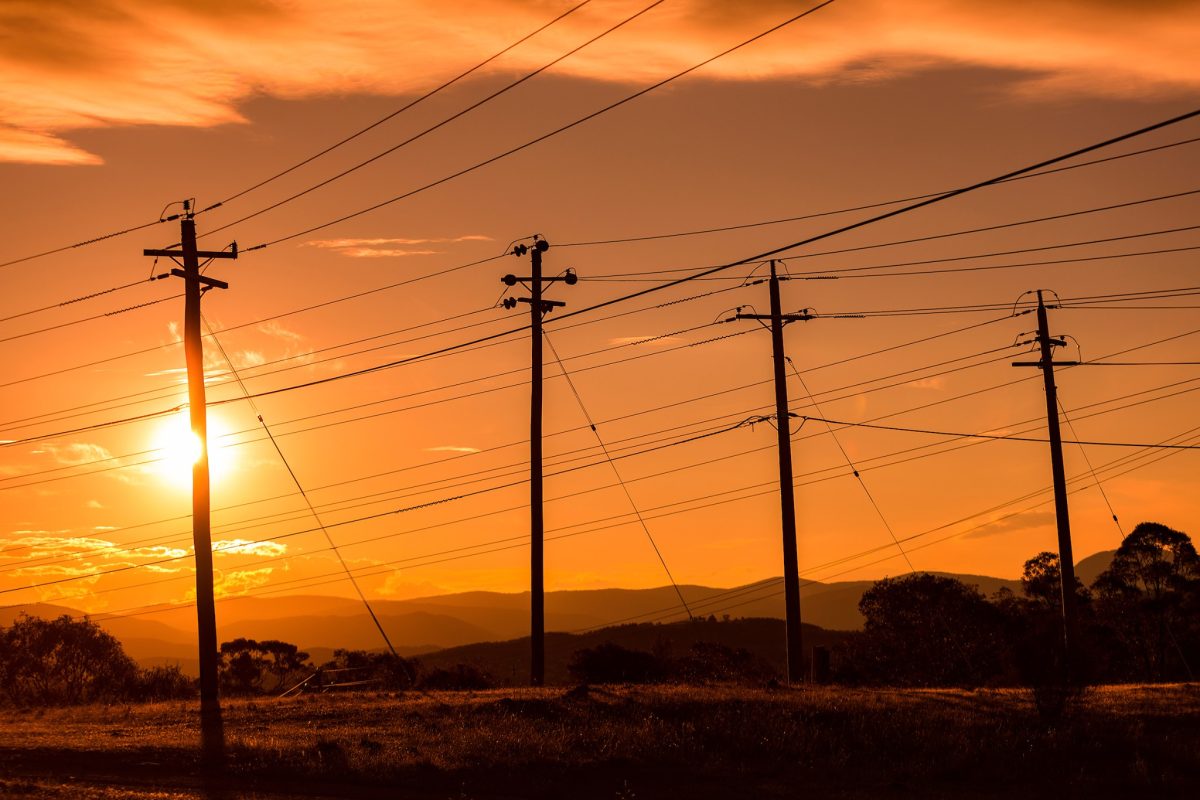
The National Electricity Market needs serious reform to maintain a reliable and affordable energy grid into the future. Photo: EvoEnergy.
Greater reliance on the weather and changes in energy sources are demanding reform to the National Electricity Market (NEM) to meet the needs of modern-day Australians, without costing them the earth.
That’s the takeout from the NEM Wholesale Market Settings Review’s draft report, which has just been released.
Established in November 2024, the review is investigating how the market can be reformed to promote long-term investment in firmed, renewable energy and storage, while also addressing price volatility and delivering more predictable, stable bills for consumers.
Chaired by Associate Professor of Economics at Griffith University Tim Nelson, the review’s draft report outlines several recommendations, including how governments might support investment after the Capacity Investment Scheme (CIS) concludes in coming years.
“While the NEM continues to function reasonably efficiently for dispatch, the cumulative pressures across short, medium, and long-term horizons demand coordinated, forward-looking reform,” Dr Nelson says in his report.
“The NEM is facing mounting pressures. Due to changes to the way we generate and consume electricity, the NEM is becoming a system that is more weather dependent, more energy constrained, less scheduled and less dispatchable.”
The review panel is of the view, however, that these issues can be resolved, and the risks of operating in an increasingly weather-dependent system can be managed.
Its recommendations go to encouraging investment in infrastructure and unlocking barriers to new investment in electricity generation projects.
They also aim at improving the functioning of markets to ensure consumers get the best services possible at the lowest cost.
“If we get the right market settings in place, we can deliver a secure, affordable, low-emissions electricity system that works better for everyone,” Dr Nelson said.
“Our draft report makes nine major recommendations aimed at re-establishing the NEM’s core strengths: efficient markets to guide investment decisions, efficient dispatch, manage financial risk, and deliver the affordable and reliable energy consumers deserve and expect.
“We are confident that the pathway we’ve set out – one that strengthens markets, supports investment, and puts consumers first – is the right one.”
Climate Change and Energy Minister Chris Bowen said reform was currently underway to unlock long-term investment in the grid as it transitions away from “ageing, unreliable coal”.
He said getting a good deal for consumers remains central to the Federal Government’s plan.
“Australia has the world’s best sun and wind to power our future,” the Minister said.
“In our first term, we did the urgent repair work needed to address a decade of energy market neglect, which was leaving consumers too exposed to ageing, unreliable coal and international price spikes.
“We’ve provided the certainty to get investment flowing, to secure the jobs we need now and into the future.
“We are working with the states and territories to deliver a better, fairer energy system that Australians deserve.”
The NEM covers all of Australia except Western Australia and the Northern Territory, and is one of the largest interconnected electricity networks in the world, supplying power to more than 23 million people every day.
The findings from the review’s draft report are open for public consultation, with responses due by 17 September.
The independent review panel is expected to deliver its final recommendations to Commonwealth, state and territory energy ministers by the end of 2025.












